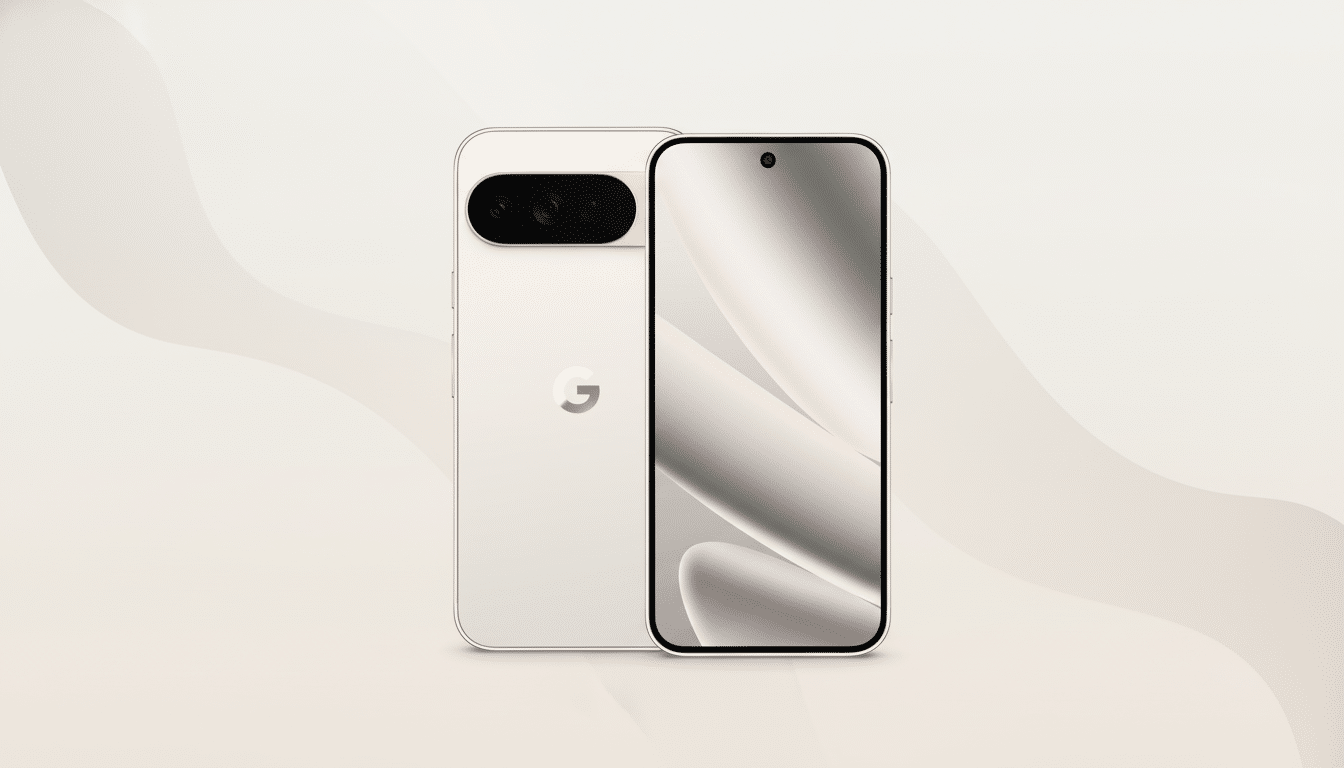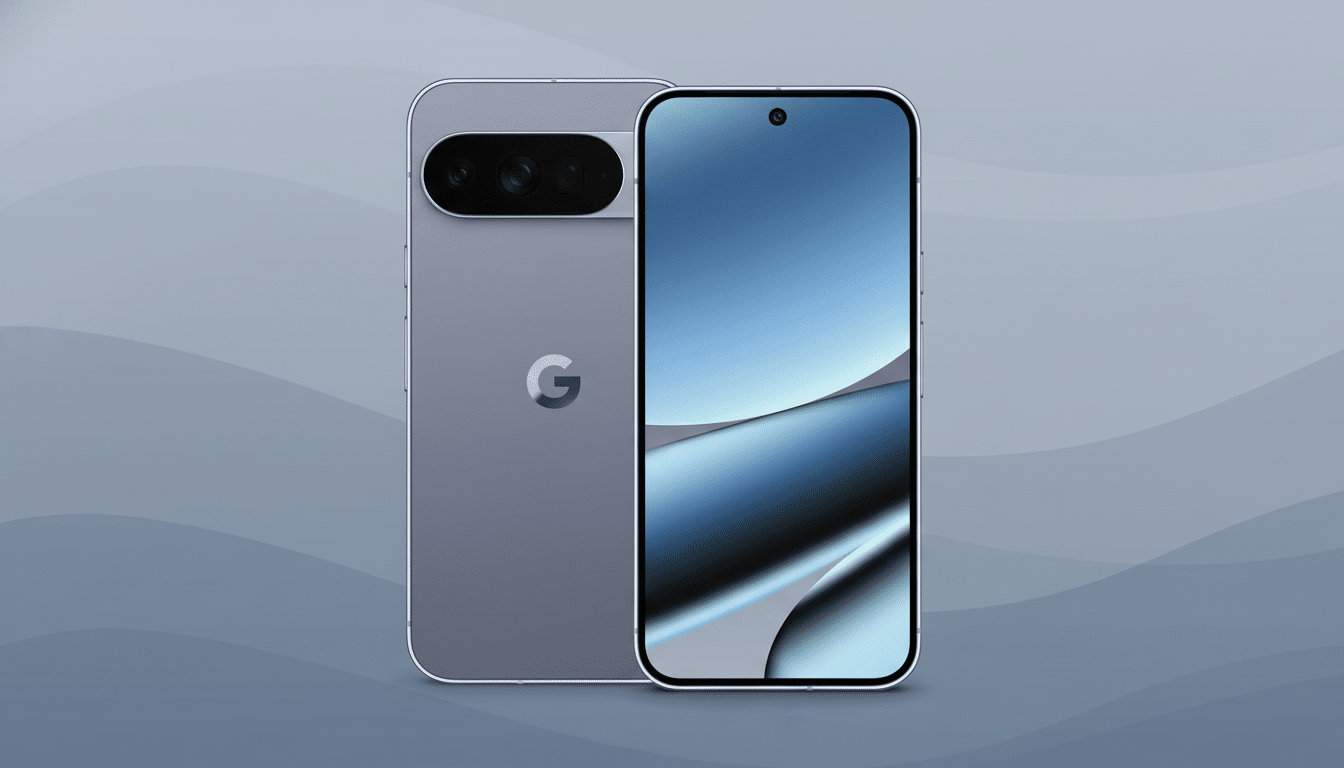If using your Pixel 10 feels like it has taken a hammer to the battery as soon as you leave the protective blanket of Wi‑Fi, you’re not imagining things. There is good anecdotal evidence from side‑by‑side tests and real-world logs that, at the same bar of signal, power usage could differ drastically versus iOS. The bottom line remains consistent, too: high use of the cellular modem seems to have caused quickly draining battery life — whether LTE or otherwise — typically in a weak‑signal zone.
In controlled comparisons with screen brightness at equivalent levels (about 300 nits), recent Pixels, including the Pixel 10 Pro XL for review coverage below, tend to draw noticeably more power on LTE than a premium Snapdragon‑powered flagship. While under continued cellular load, the Pixel frequently sat in the mid‑2‑watt range whereas the other device was closer to 2 watts. A day‑plus gap is large enough to transform an otherwise all‑day phone into a midday charger hunt.

Why 4G Is Worse for Pixels in Weak Signal Conditions
As signal quality drops, cellular radios ramp power levels and LTE is particularly unforgiving. At weaker signals — say, −100 to −110 dBm (the FCC classifies this as weak) — the phone’s power control loops boost transmit power and keep radios awake longer in order to “stick” to the tower. Then you add in carrier aggregation, retransmissions, and the constant RRC state transitions, and it’s goodnight battery.
Two patterns stand out. First, the biggest spikes come when you do something bandwidth‑intensive: it could be streaming video in hi‑def, a cloud backup of your device (say it’s backing up every photo you take), downloading massive files, or making mobile video calls. Secondly, the gap is, to a large extent, closed when we switch to Wi‑Fi, as its radios are more efficient and link quality is stable. That indicates it’s the Pixel’s cellular stack that’s the bottleneck, not its display or CPU.
Probably there are effects both from the hardware and firmware. The G5 in the Pixel 10 is paired with Samsung’s Exynos 5400 modem — the same modem family used with previous Tensor chips — but there are not always common components surrounding all of those radio front‑end or power‑management generations. Small variations in thermal performance, modem firmware, or front‑end tuning can translate into larger swings of power under fringe LTE.
There’s also a software angle. It’s also worth noting that Pixels come with Adaptive Connectivity, which automatically shifts between 5G and 4G to ensure the best performance and efficiency. In strong coverage, that helps. In patchy markets where 4G is clogged or sluggish, the phone might hang on to 5G longer than it should — paradoxically consuming more power by holding a dirty 5G link. These 3GPP releases have had a large focus on describing the importance of an efficient idle and connected‑mode DRX (sleep) behavior: getting those timers and thresholds wrong can make the difference between sipping or gulping power.

What the numbers and real-world reports say
Many reviewers and user reviews seem to see parity between the top phones while idle and streaming on Wi‑Fi. The spread occurs when you move to cellular in weak coverage. In the case of one rural test scenario with LTE hovering around −104 dBm and only a few Mbps (megabits per second) of bandwidth to work with, recent Pixels used 15–25% more power than a flagship Galaxy‑class handset doing active web browsing, watching videos, or downloading files. And that variability even maps to anecdotal reports from owners who find themselves with great endurance at home but see screen‑on time collapse as soon as they’re on the road.
This pattern has history. The reports of erratic cellular drain go back to Pixel 6 and are nothing new. Modem generations and Tensor silicon have moved on, but the Pixel 10 Pro XL merely discloses larger differences still between Wi‑Fi and LTE than some Snapdragon‑toting rivals bear. (Groups like Ookla and Opensignal love pointing out how quality of coverage — which bands are being used where — differs by region; if your carrier is reliant on low‑band LTE in the area you reside, with not‑the‑largest fat pipes lying behind it where you live, the radio in the phone spends more time working harder for less throughput.)
How to stop the battery drain on Pixel 10 right now
- Use Wi‑Fi whenever available, and enable Wi‑Fi Calling so voice and messaging need not wake the cellular radio routing indoors.
- Test with Adaptive Connectivity on and off. If you’re in a strong 5G area but your LTE is suffering, locking into 5G Auto or 5G Preferred (if available) — and if stable — can iron out modem behavior so you encounter fewer LTE power spikes.
- Preload media and maps over Wi‑Fi before you head out. Don’t do big app updates, upload all your cloud photos, or stream at high‑res while on the go, especially not in rural LTE.
- Audit background data. In Settings > Network & Internet and in Battery usage, limit cellular data access for chatty apps (also shut off autoplay on social video feeds) and set backups to run overnight when you’re asleep at home, over Wi‑Fi.
- Keep software current. Carrier configuration and modem firmware updates arrive through system updates; they can have a significant impact on radio behavior. If problems remain, reset Network Settings to eliminate any peculiar handover or band‑locking behaviors.
- If coverage is truly terrible, think about Airplane Mode with Wi‑Fi for tasks that do not depend on an internet connection. Until there are optimizations on board, a small USB‑C power bank does double duty as a practical safety net.
What Google could do better to reduce cellular drain
Most of the fix resides deep in modem and power‑management tuning: smarter thresholds for LTE/5G preference, more aggressive RRC (radio resource control) and DRX (discontinuous reception) settings, improved thermal efficiency so that the radio does not warm up as much under load. Firmware updates delivered in partnership with carriers can help close the gap, and we’ve seen other manufacturers pull a steadier draw from Wi‑Fi and cellular using sibling silicon.
For now, the pattern is obvious. If your Pixel 10 is dying faster off Wi‑Fi, it probably has nothing to do with your imagination or your usage alone. It’s the radio running on overdrive — and especially in 4G mode — which takes mediocre signal and turns it into battery‑melting need for power.

